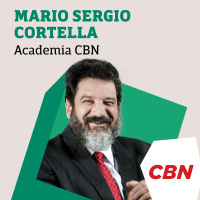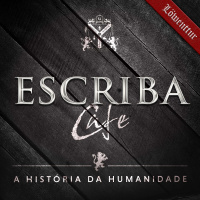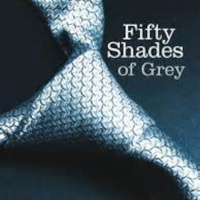Sinopsis
The podcast of Dr. Wilkinson's Music 271 lectures.
Episodios
-
2/19/07
19/02/2007Music 271: 2/19/07II: Concerning European Opera: A: Two separate discussions to be synthesized: Bonds and Crawford: (Bonds p. 459-481) (Crawford p.• Opera was imported to America• Jenny Lynn (sp?) “Swedish Nightingale” influenced the role of women in music in America B: Three National approaches:• Italians and Germans were most influential, France as much C: Italian Opera in the 19th Century:1. Four “generations” of composers• Gioacchino Rossini (1792-1868)• Gaetano Donizetti (1797-1848) & Vincenzo Bellini (1801-1835)• Guiseppe Verdi (1813-1901)• Giocomo Puccini (1858-1924)2. The Italian opera libretto (script of the opera) of the first half of the 19th-century: two levels of conflict• Dramas in the Early half of the 19th Century displayed the conflict• Love triangles between people• Political conflict based on the desire of Italians for a unified nation• Bellini’s Norma (1831) - Love between a Druid priestess and a Roman officer set during the Roman occupation of Gaul, mirrors the conflict in Italy under
-
2/16/07
16/02/2007Music 271 2/16/07II: The emerging role of women composers in the 19th Century: Fanny Mendelssohn Hensel (1805-1847): All central European Romantic composers born within a decade of each other• Composed over 400 compositions at best guess• Primarily songs and piano works, as well as choral and other orchestral music• Organized and presided over concerts in Berlin (began in 1831)• Was principal pianist and conductor at these concerts (Sunday afternoons) Mendelssohns were wealthiest Jewish family in Berlin Mendelssohns owned a concert hall on their estate that sat 100 people• Her husband (Wilhelm Hensel) encouraged her to publish her own musicIII: Louis Moreau Gottschalk:• Born 1829• Wrote primarily keyboard character pieces• Lived in New Orleans (spoke French and Spanish)• Began to play piano at age 3, and sent to study music in Paris at 13 and was performing in public by 16• Returned to New York in 1856Early works showed the influence of Chopin, but later works showed influe
-
2/14/07
14/02/2007Music 271: 2/14/07II: Piano literature of the Romantic Period:A. The 18th Century Perspective: Kenner und Liebhaber: the professional and the amateur performer:• The amateur was often a woman• Virtually no difference between the abilities of the professional and the amateurB. The social customs of amateur music-making in the 19th Century:• Works were never written for amateurs that they couldn’t playC. “House Music” (Ger. Hausmusik) vs. “Concert Music”:• Women were expected to cook, sew, and play the piano for their home• More music was heard and performed at home than in public• Hausmusik included to chamber music, the art song, and the keyboard character piece*The Keyboard Character piece (GB p. 52-53) (Bonds p. 439)Usually 1 movementForm is derived from the minuet, and is in ABA (and variations)Music for the amateur to perform, as well as the professionalBeethoven: Bagatelles Op. 125 is an example (Bagatelle is French for small jewel)Thousands of these were composed
-
Lecture 2/12/07
10/02/2007Music 271: 2/12/07II: Mark Bonds on the Art Song and Hausmusik: Ch. 16 (p.432)2 new genres for expression of Romantic values, of which art song was oneRise of domestic music making - art song and piano character piece were primary compositionsAmateur music makers were mostly women of the middle class in the 19th centuryIII: Robert Schumann (1810-1856), Piano Music and Art Song:Money was in the piano parlor music23 opera (publications) of keyboard musicSwitched to song after winning the court case against his father in-law1840-1841 - “Liederjhar” Year of songMore definite expression of ides found in poems was perhaps a reason for this switchIV: Dichterliebe: Schumann’s Opus 48: p.435Poet of the settings was Heinrich HeineMay 12, 1840 - began setting the 20 poemsFinished setting on May 21, 1840Eventually dropped 4 of the settingsFalling 3rds in the 2nd setting is the nightingaleiii-V-I (f#-A-D) - 1st three settings' tonality














